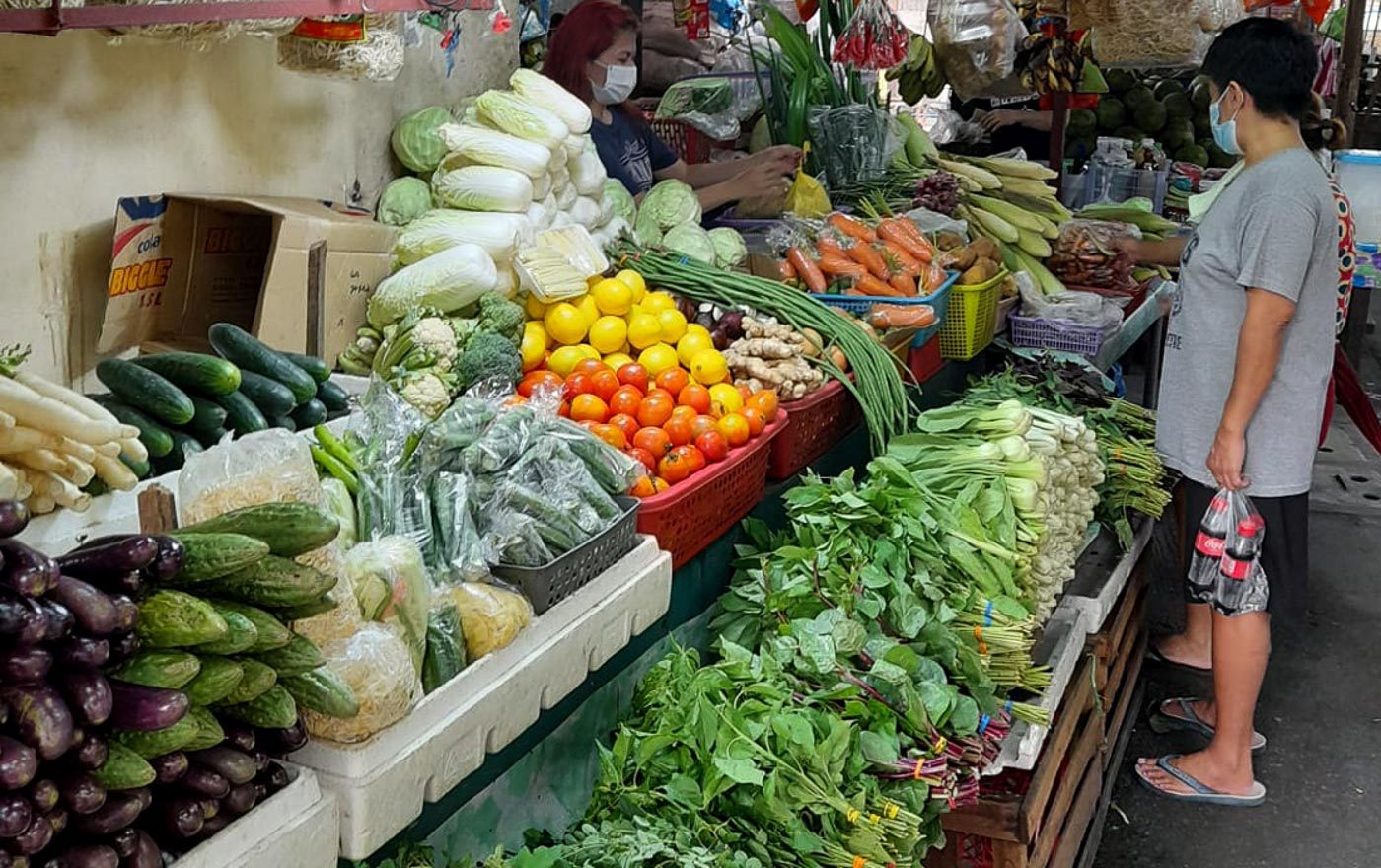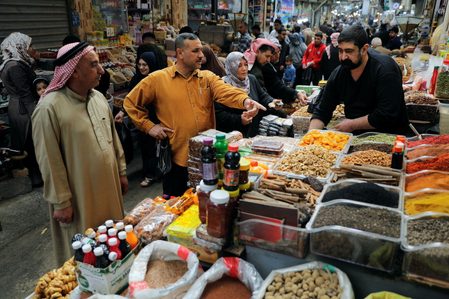SUMMARY
This is AI generated summarization, which may have errors. For context, always refer to the full article.

MANILA, Philippines – The Philippines’ inflation rate hit 4.9% in April, the highest since January 2019, as rising oil and electricity prices pushed up costs of other commodities.
The latest figure reported by the Philippine Statistics Authority on Thursday, May 5, is a 0.9-percentage-point increase from the 4% recorded last March, with pump prices of petroleum goods continuing to rise due to the war between Russia and Ukraine.
It is also the first time that the inflation rate zoomed past the government’s 2% to 4% target range in 2022.
The last time inflation went beyond the target range was in November 2021, when it hit 4.2%.
Year-to-date, average inflation stands at 3.7%.
Transport inflation went up to 13% from 10.3%, as diesel jumped by 83.7% and gasoline by 43%.
Transport inflation up 13% in April, as diesel jumps 83.7% and gasoline by 43% pic.twitter.com/hl0jrIzkAR
— Ralf Rivas (@RalfRivas) May 5, 2022
Food inflation went up to 3.8%, as vegetables (9.2% from -0.1%), meat (4.2% from 2.9%), and fish and other seafood (5% from 4.3%) posted increases.
Inflation in Metro Manila was lower than the national average at 4.4%, while areas outside the capital region felt price pressures more at 5.1%.
CAR posts highest inflation rate at 6.3%, BARMM still lowest at 2.1%.
— Ralf Rivas (@RalfRivas) May 5, 2022
All regions post higher inflation rates in April pic.twitter.com/TFbqO6akHM
Economists of the Bangko Sentral ng Pilipinas (BSP) earlier said that other than electricity and fuel costs, meat and fish prices were among the primary sources of inflationary pressures in April.
BSP Governor Benjamin Diokno had kept interest rates low to support the economy’s recovery from the pandemic, but has since hinted that a hike may occur in June.
Analysts have proposed various measures the government can take to minimize the impact of the Russia-Ukraine war on local goods. The government’s economic team is banking on higher import volumes to tame prices. – Rappler.com
Add a comment
How does this make you feel?

![[EDITORIAL] Apat na taon na lang Ginoong Marcos, ‘di na puwede ang papetiks-petiks](https://www.rappler.com/tachyon/2024/07/animated-bongbong-marcos-2024-sona-day-carousel.jpg?resize=257%2C257&crop=280px%2C0px%2C720px%2C720px)
![[In This Economy] Delulunomics: Kailan magiging upper-middle income country ang Pilipinas?](https://www.rappler.com/tachyon/2024/07/in-this-economy-upper-middle-income-country.jpg?resize=257%2C257&crop=421px%2C0px%2C1080px%2C1080px)

![[EDITORIAL] Marcos Year 2: Hilong-talilong](https://www.rappler.com/tachyon/2024/07/animated-bongbong-marcos-2nd-sona-carousel.jpg?resize=257%2C257&crop=136px%2C0px%2C720px%2C720px)
![[Newspoint] A fighting presence](https://www.rappler.com/tachyon/2024/07/thought-leaders-a-fighting-presence.jpg?resize=257%2C257&crop=441px%2C0px%2C1080px%2C1080px)
There are no comments yet. Add your comment to start the conversation.